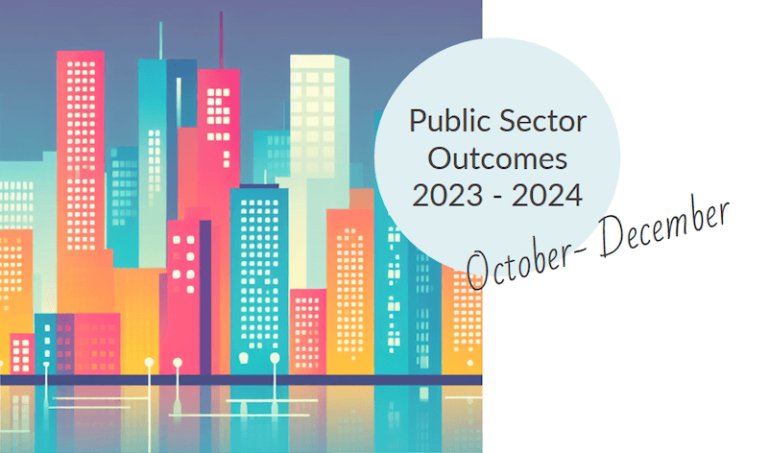
This is a guest blog post from Cory Poris Plasch, VP of Customer Success at POLCO. Cory and her team provide an award-winning civic engagement platform. Many Envisio customers work with POLCO to get 360° community input throughout the creation and execution of their strategic and departmental plans.
Resident satisfaction has become an important performance measure for most local governments, and many cities, counties and towns do comprehensive community surveys every few years. This opinion data offers a snapshot in time of community satisfaction, and is widely used to inform strategic plans, prioritize city budgets and more.
But are you getting everything you need from your community satisfaction surveys to make the best service decisions?
Here are the 3 key elements to gathering meaningful customer satisfaction data.
1. Timing is everything
Seasonal issues may affect survey results when an assortment of questions are asked at the same time. For example, all relevance is lost if a community in Northern Michigan asks snow removal questions in August. Parks questions asked during the hottest months in Southern Arizona force residents to depend on memory and not recent experience to indicate satisfaction.
New technologies are now available which allow more precise timing to improve data collection in a focused manner. These methods can also involve residents in an ongoing conversation regarding city services which can help communities narrow down, in real-time, where service gaps may exist, providing continuous feedback and resulting in higher overall satisfaction.
2. Get real-time feedback
Imagine that you receive your annual survey results and receive a 4.2 out of 5 rating on snow removal, consistent with previous results. All is good with your community, right? Now imagine you ask residents what they think about snow removal immediately after every snowfall to provide a deeper dive into resident satisfaction on this topic. You might find, consistently, that residents living in an older area of the city indicate they are dissatisfied with their snow removal. While the aggregate rating is still roughly the same year over year, digging in a little deeper reveals problems that were previously unseen. Additional qualitative data further indicates frustration among those residents because, even once streets are plowed, the narrow streets are still difficult to navigate because of piles of snow. Your public works department identifies a rarely used city lot nearby which can accommodate large quantities of snow. During the next snowfall, snow is diverted to the lot and the next poll shows a marked increase in satisfaction rates among affected residents. Problem solved, and the increase in satisfaction is clearly seen in both subsequent polls and the next annual survey.
Examples such as this illustrate the importance of establishing a feedback loop with residents at the point of service. True resident satisfaction is most effectively measured at the time our residents are dealing with a city department or service. Annual survey results can be helpful at any point during the year but asking focused questions when services are delivered gives you information that can help you really understand and improve the resident experience.
3. Build a standing panel
The feedback loop has the additional benefit of building a “standing panel”. What if you could have a percentage of your residents available to give feedback on issues that periodically pop up in your community? When the city faces short-term issues or one-time questions, this standing panel can give needed resident feedback, replacing or supplementing focus groups and other resource intensive feedback options. Feedback is immediate as well, allowing city staff to navigate unforeseen challenges much more quickly than using traditional methods.
Current technologies provide the opportunity to collect real-time data that can transform your residents’ perception of their community. Data can be sorted by age range, gender, and location, allowing communities to understand the resident experience through a variety of lenses. Leveraging real-time resident satisfaction data helps community leaders respond quickly and appropriately to their residents, creating a community all can be proud to call “home”.





